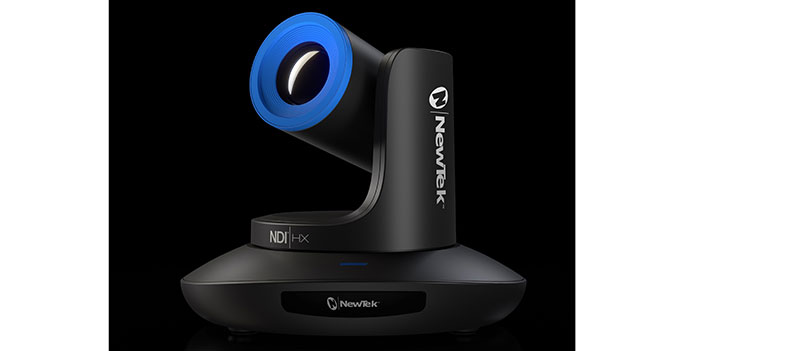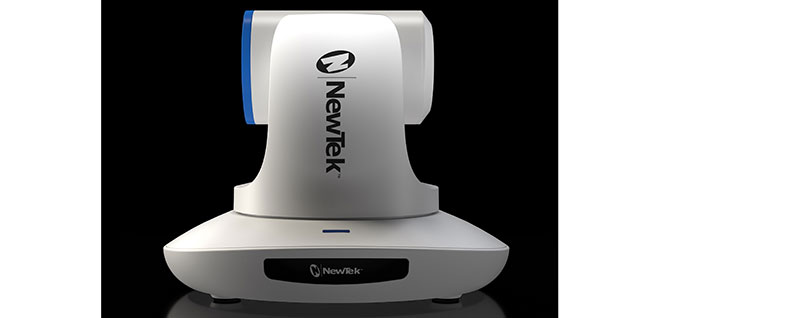NDI |HX 3 further optimises the NDI protocol for both latency and bandwidth, adding flexibility to devices without modifying hardware or compromising NDI’s visually lossless standard.

NDI |HX 3 is a new version of the NDI protocol for moving video content. On compatible devices, users can select NDI | HX 3 as an option for preserving video quality at reduced latency, using much less bandwidth than NDI full bandwidth.
Moving video involves managing bandwidth, latency and video quality to suit a particular budget and set of requirements. NewTek developed NDI full bandwidth to address latency by using a low-latency encoding method combined with higher bandwidths to push the signal across the network. NDI | HX was developed using H.264 compression to keep bandwidth low, while introducing a small amount of extra latency.
NDI | HX 3 now optimises the protocol further for both latency and bandwidth, and is an option for manufacturers and developers to add flexibility to their devices, without the need to change or upgrade hardware or affect the visually lossless standard that NDI was developed for. It requires existing manufacturers to undertake a low engineering effort to integrate NDI | HX 3, but software applications such as NewTek TriCaster, Vizrt Vectar Plus, vMix and so on will not need to be upgraded.
NewTek PTZ3 Camera

NewTek’s new PTZ3 IP-based camera is the first camera on the market to use NDI |HX 3. As well as the optimised transport, it captures and delivers high quality HD video and professional audio to the network and is interoperable with other applications that support NDI.
Connecting with a single cable, users such as video professionals, equipment managers and A/V systems integrators can use the PTZ3 as a networked device to expand and differentiate their productions. Integration and installation is kept simple by incorporating power over Ethernet.
The camera has a mini-XLR mic input connection, plus a line level mini-jack delivering the balanced audio directly from the camera into the NDI network. The PTZ3 audio signal can then be routed, mixed, enhanced and distributed to other compatible devices and software.
Being able to use one cable for power and connectivity makes it possible to avoid long cable runs and add HD video up to 1080/60p, audio, PTZ presets and control, tally and PoE to productions. Users can remotely control the camera from devices via NDI and, when using it with NDI Studio Monitor, operate it through regular control devices, including gaming controllers. www.ndi.tv




